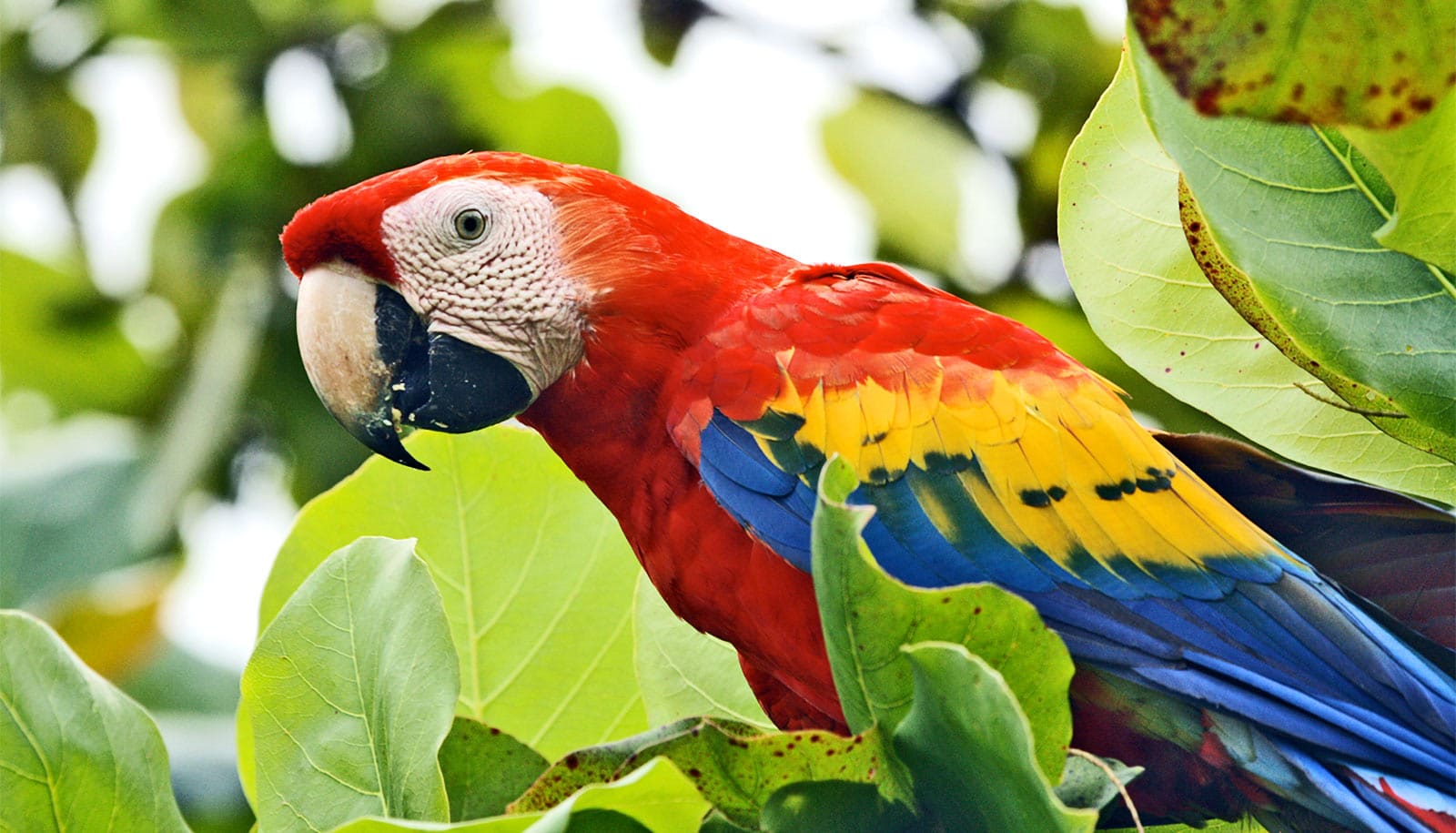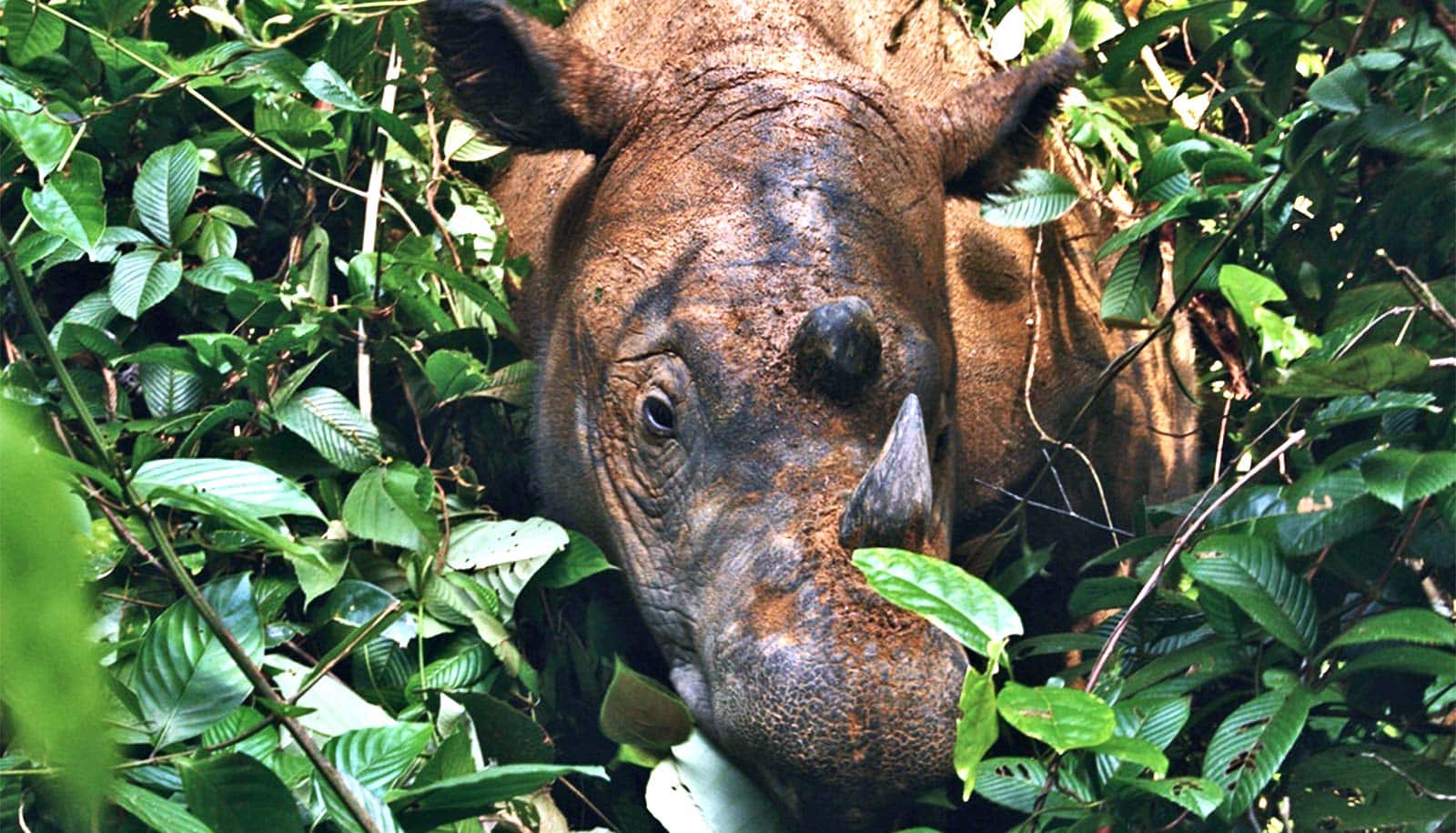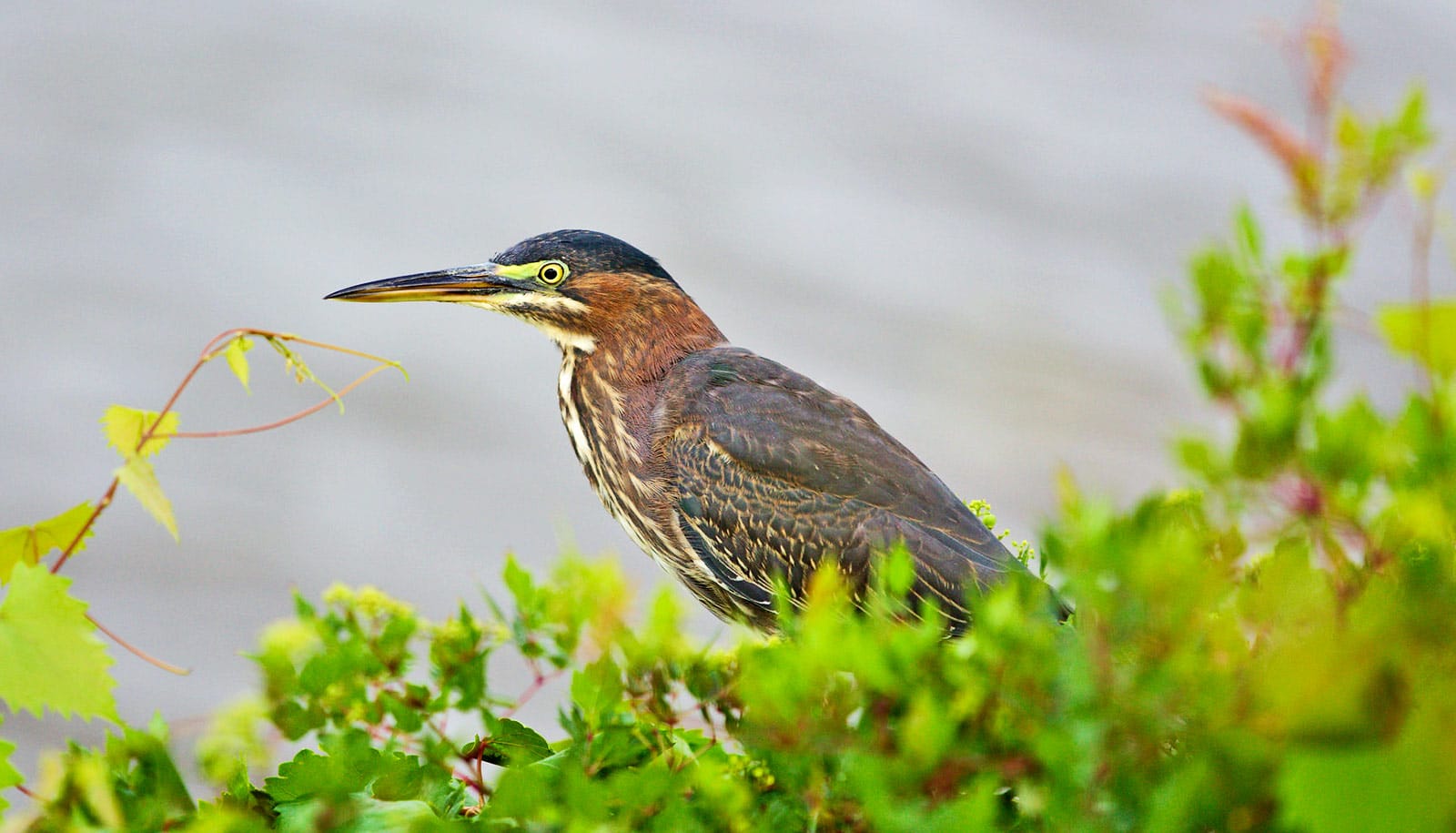A new study combines approaches from biology and psychology to link people’s cultural connections to birds with environmental change for the first time.
“In the future, we predict that rainforests will become dry forests, which means we may be seeing less of those birds. That’s a loss not only for biodiversity but also for people’s history and culture.”
For their study in Conservation Letters, researchers focused on Costa Rica, a premier destination for the multibillion-dollar birdwatching industry.
They sought to understand which birds Costa Ricans love the most—and which birds people can’t stand—and explored the potential cultural impact of losing those birds.
Here, study co-leader Alejandra Echeverri, a postdoctoral researcher in the Stanford University Natural Capital Project, discusses the many cultural benefits that birds provide to people and the ways in which the most vulnerable species are also those most deeply embedded in our cultures.
What is this cultural connection that humans have with birds? Which birds hold the most cultural value for people?
We can characterize the cultural benefits of birds in several different ways. People find certain birds beautiful and enjoy watching them or listening to their song. Birds can provide educational or scientific value to us, like Darwin’s finches or the Dodo, which are very important for science in general. There’s also the benefit of leaving a natural legacy—this is the idea that there are certain birds people feel so strongly about they want to make sure their children or grandchildren get to experience them.
Nature can also give us identity. I call myself a birdwatcher and an ornithologist, and that identity is dependent on birds. We have personal, local, and national identities. In the United States, the Bald Eagle is a national symbol and each state even has its own bird.
If you look around Costa Rica, you start to see birds represented in all kinds of art, symbols, and language. Murals celebrate the hummingbird, folklore tells tales of a Rualdo (golden-browed chlorophonia) taming an angry volcano. Birds are a deep part of culture.
Which birds hold the most cultural value for Costa Ricans?
Our study found that people vary in their favorites depending on the characteristic we’re measuring. The Great Kiskadee—a bird found throughout the country’s landscapes and even in cities—was rated highest for giving people a sense of identity. The songbird to win the top song rating was the Clay-colored Thrush, the national bird of Costa Rica. The Thrush’s low and musical song is well-known throughout the country because of the bird’s tendency to live near humans. The most beautiful bird award went to the Long-tailed Manakin, a bird with gorgeous blue and black plumage and a red crown. The Black Vulture, on the other hand, was perceived as ugliest.
Above all others, hummingbirds are the birds that Costa Ricans want to pass on to future generations whereas the Great-tailed Grackle, a black bird with a complex song that some find annoying, was at the very bottom of the list.
Explain the links between deforestation, climate change, and people’s cultural connection to birds.
There’s a strong overlap between the birds that people value most and the ones whose habitats are most threatened by deforestation and climate change. In the Guanacaste region of Costa Rica, we spent four years identifying and counting birds in a range of landscapes and habitats. Then, we asked hundreds of people in all those places—farmers, birdwatchers, people in cities—to rank the birds we had counted.
The birds that people rank highest are consistently found in rainforests, the ecosystems most threatened by deforestation and climate change. In this particular part of the world, we’re seeing the drought period get longer and the rainy season shorter in certain years. Climate is becoming more unpredictable. As the forest dries out, the conditions for birds are becoming more extreme. For one thing, if trees don’t get enough water to grow their leaves in the rainy season, then birds and other animals struggle to find enough food and nesting material for their breeding season.
In the future, we predict that rainforests will become dry forests, which means we may be seeing less of those birds. That’s a loss not only for biodiversity but also for people’s history and culture.
Can this work be applied more broadly to other places in the world with less bird biodiversity than Costa Rica?
In many tropical areas with similar ecosystems to Costa Rica, there’s a long-standing tradition of forest-dwelling people who have left a legacy on national and local identity. In countries like my home country of Colombia, or in Brazil and Peru, the people that have moved away from the forests into cities or agricultural lands still hold their ancestral stories close to them. This study sends the message that those forests hold more cultural value than you’d expect.
In places without tropical forests, like here in the United States, the results are still applicable. We’ve had a long time to co-evolve a relationship between humans and birds. The way that the people here originally used the land still holds cultural value, because it has had time to root itself in people’s values. Hearing a familiar birdsong or seeing a bird take flight can bring back memories and evoke strong emotion.
Why is this work important right now?
This work points to societal values and what’s at risk for people right now and into the future. The birds that people find charismatic and lovable are the ones living in the areas being deforested and dried out as the planet warms. Costa Rica has some of the best environmental policies in the world, but they can’t tackle this issue by themselves. Climate change is a global threat, so we need every country involved in the solution. Our legacy, our identity, it’s all wrapped up in the health of our planet.
Source: Stanford University



